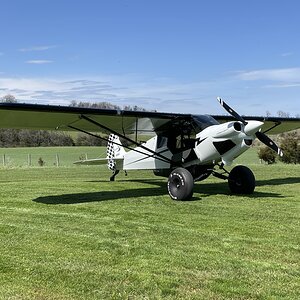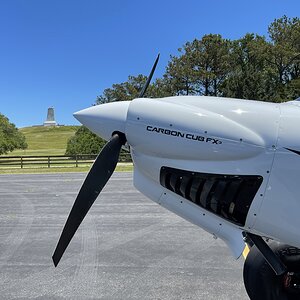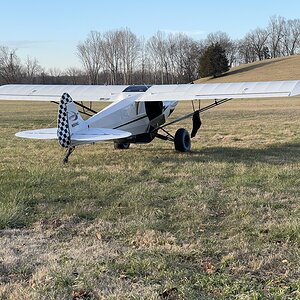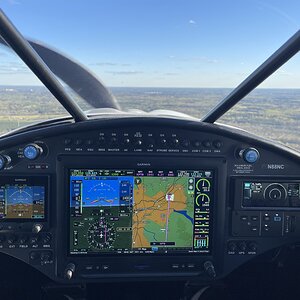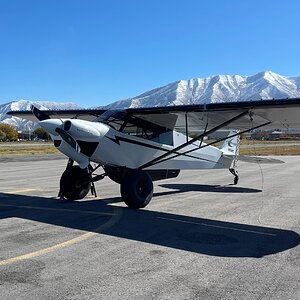erj-145mech
Well-known member
- Joined
- Aug 13, 2002
- Posts
- 1,071
AC 43.13 1B is approved data if no other exist from the manufacturer. NUFF SAID
Horse Dukey. From the first page of AC34.3-1B:
1. PURPOSE. This advisory circular (AC) contains methods, techniques, and practices acceptable to the Administrator for the inspection and repair of nonpressurized areas of civil aircraft, only when there are no manufacturer repair or maintenance instructions.
Notice that it doesn't say approved, it only says that its acceptable. There is a difference.
NOW ITS NUFF SAID!

